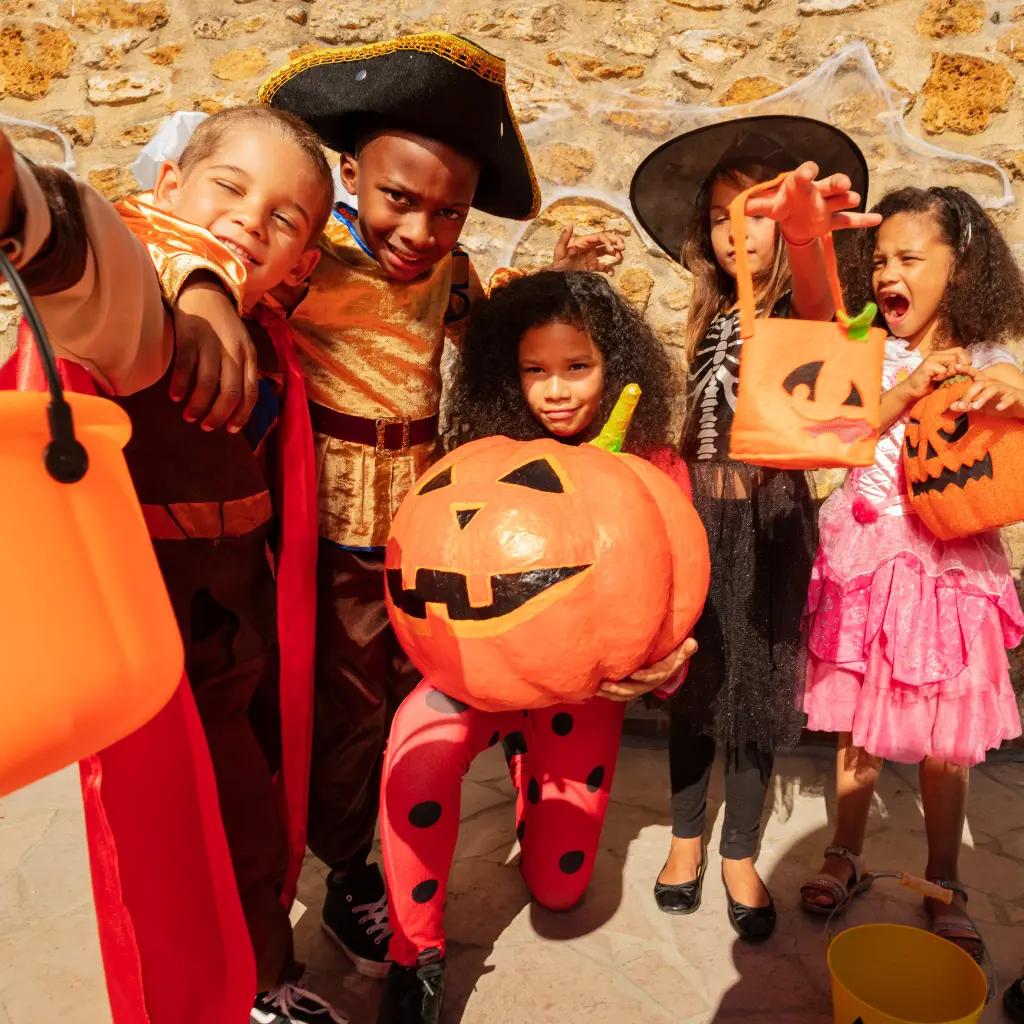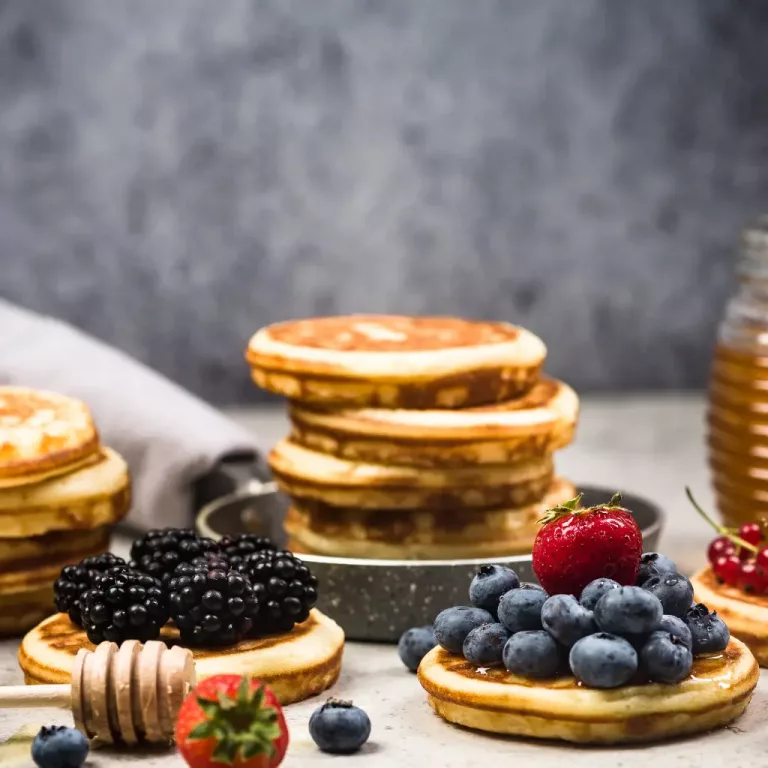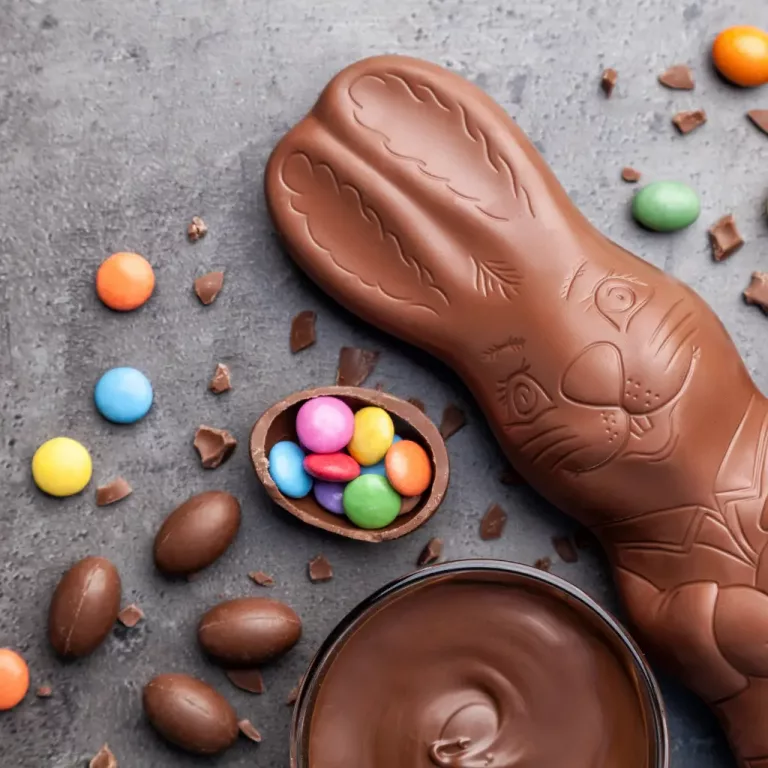Halloween is celebrated each year on October 31st in the United Kingdom, marking an observance that, while not officially recognised as a holiday, has grown significantly in popularity.
Its presence in modern times often reflects American cultural influences, yet the true essence of Halloween is deeply embedded in ancient Celtic and Christian customs that date back centuries.
Table of Contents
ToggleHalloween 2024, 2025 and 2026
| Year | Date | Day | Holiday |
|---|---|---|---|
| 2024 | 31 Oct | Thu | Halloween |
| 2025 | 31 Oct | Fri | Halloween |
| 2026 | 31 Oct | Sat | Halloween |
| Please scroll down to end of page for previous years’ dates. | |||
Embark on a Cinematic Journey with Kids & Family Movies: Explore Further on Xen Reviews’ Kids & Family Movies Selection.
Also, if you’re into crafting and love a bit of magic, check out our guide on making a DIY Room On The Broom Witch Costume. It’s a simple, fun way to bring this beloved character to life for Halloween or any themed event.
In the United Kingdom, the celebration of Halloween is experiencing an unprecedented surge in popularity.
This is particularly true in Scotland and Northern Ireland, where the festival’s modern manifestations find their historical roots.
Despite this, the country remains divided on its observance, with approximately half the population embracing the festivities, while the other half remains staunchly opposed.
One of the reasons for this division is the close proximity of Halloween to Guy Fawkes Day, celebrated on November 5th. Guy Fawkes Day, with its own eerie allure, honours the foiled plot to destroy Parliament and assassinate King James I by a group of dissatisfied British Catholics in the early 17th century.
Although traditionally a significant event, Guy Fawkes Day has seen a decline in its prominence as the allure of a more Americanized Halloween gains traction.
For those in the UK who partake in Halloween celebrations, the festivities bear a strong resemblance to those observed in the United States.
The activities include trick-or-treating, dressing up for costume parties, indulging in copious amounts of sweets, carving pumpkins into Jack-O’-lanterns, and participating in various Halloween-themed events.
This adoption of American Halloween customs has contributed to the holiday’s growing appeal across the UK, blending international traditions with local heritage.

Previous Years
Previous Years
| Year | Date | Day | Holiday |
|---|---|---|---|
| 2023 | 31 Oct | Tue | Halloween |
| 2022 | 31 Oct | Mon | Halloween |
| 2021 | 31 Oct | Sun | Halloween |
| 2020 | 31 Oct | Sat | Halloween |
| 2019 | 31 Oct | Thu | Halloween |
Halloween FAQs
Halloween is celebrated due to its origins in the ancient Celtic festival of Samhain, which was held on November 1. It was believed that on the eve of Samhain, October 31, the boundary between the living and the dead was blurred, and the souls of the dead returned to their homes. This led to the tradition of wearing costumes and lighting bonfires to ward off ghosts. Over time, Halloween became increasingly secular and evolved into a holiday for dress-up and fun, especially for children. The modern traditions of carving pumpkins, trick-or-treating, and wearing scary costumes can be traced back to these ancient practices.
The celebration of Halloween is also linked to the Christian holiday of All Saints’ Day, which is observed on November 1. The evening before All Saints’ Day was known as All Hallows’ Eve, and later, Halloween. All Saints’ Day incorporated some of the traditions of Samhain, and the two celebrations share a common origin in the Christian commemoration of the dead. Therefore, Halloween has both pagan and Christian roots, making it a unique blend of ancient and religious traditions.
Halloween is celebrated on October 31 because it has its roots in the ancient Gaelic festival of Samhain, which took place on this day. Samhain marked the end of the harvest season and the beginning of winter, and it was believed that on this night, the boundary between the living and the dead was especially thin, allowing for connections with the deceased. Over time, this tradition merged with the Christian holiday of All Saints’ Day, which is observed on November 1. The evening before All Saints’ Day was known as All Hallows’ Eve, and eventually, the traditions of Samhain and All Saints’ Day combined to form the modern celebration of Halloween.
The true story behind Halloween dates back to the ancient Celtic festival of Samhain, which was held on November 1. This day marked the end of the harvest season and the beginning of winter, and it was believed that the boundary between the living and the dead was especially thin, allowing for connections with the deceased. The tradition of wearing costumes, lighting bonfires, and telling ghost stories was a key part of this ancient celebration. Over time, these traditions merged with Christian influences, such as All Saints’ Day, and evolved into the modern celebration of Halloween. The holiday has both pagan and Christian roots, making it a unique blend of ancient and religious traditions.
Some popular Halloween foods and drinks include:
### Foods
1. Pumpkin pie
2. Pumpkin bread
3. Caramel apples
4. Candy apples
5. Apple bread
6. Caramel corn
7. Halloween Deviled Eggs
8. Apple Cider Doughnut Cake
9. Monster Fingers
10. Oreo Monster Pops
11. Graveyard Cake
12. Slow Cooker Sausage, Potato, and Onion-Stuffed Peppers
13. Pumpkin and Ghost-shaped Pizzas
14. Cheese Pumpkins
15. Spiderweb Nacho Spread
16. Ghost Cake
17. Pretzel Skeleton Cupcakes
18. Festive Popcorn Balls
19. Easy Halloween Jalapeno Mummies
20. Mummy Brie
### Drinks
1. Halloween Sangria
2. Bloody Mary Syringes
3. Spooky Halloween Cocktails
These are just a few examples of the many festive foods and drinks enjoyed during Halloween celebrations.
Halloween is a holiday with both Christian and pagan roots. It originated from the ancient Celtic festival of Samhain, which marked the end of the harvest season and the beginning of winter. The Celts believed that on the night of October 31, the boundary between the living and the dead was blurred, allowing the deceased to return to the earth. Over time, the Christian influence grew, and the traditions of Samhain merged with the Christian holiday of All Saints’ Day, observed on November 1. This combination led to the modern celebration of Halloween, which has both secular and religious aspects. While it is largely a secular celebration today, it retains elements of its Christian and pagan origins.
The Bible does not specifically mention Halloween, as the holiday came into existence centuries after the biblical texts were written. However, the Bible does address themes related to Halloween, such as death, darkness, and evil. Some Christians may choose to reflect on these themes through relevant Bible verses during the Halloween season. Additionally, the Bible contains warnings against practices associated with the occult, such as witchcraft, sorcery, and divination. As a result, some Christians may have varying perspectives on whether to participate in Halloween festivities, considering these biblical principles. Ultimately, the decision to celebrate Halloween is a matter of personal conviction for individuals and families based on their interpretation of biblical teachings.
The phrase “trick or treat” is a traditional part of Halloween, where children go from house to house in costume, asking for treats. The origin of the phrase can be traced back to the early 20th century, with the earliest known written reference appearing in a Saskatchewan newspaper article from 1923. The article mentioned that “‘Treats’ not ‘tricks’ were the order of the evening” during Halloween. By 1927, the phrase “trick or treat” had been adopted by young trick-or-treaters themselves. The phrase is a subtle suggestion that if a treat, such as candy, is given, then the child will not perform a “trick” or mischief on the owner of the house. The custom of trick-or-treating has its origins in the ancient practices of “souling” and “guising,” and it has evolved into a popular Halloween activity in many countries.
Valentine’s Day has undergone significant changes over time. Its origins can be traced back to ancient Rome, where the Romans celebrated the feast of Lupercalia, a time of violent and ritualistic celebrations. The holiday later became associated with the commemoration of one or possibly two Christian martyrs named Valentine, who were executed on February 14 in the 3rd century. Over time, the holiday evolved from its dark and violent origins into a day associated with love, romance, and the exchange of cards, flowers, and gifts. The holiday’s transformation was influenced by various cultural, religious, and commercial factors. For instance, William Shakespeare helped romanticize Valentine’s Day in his work, and it gained popularity throughout the years. The tradition of giving Valentine’s Day cards has also evolved, from handwritten letters to pre-printed cards, becoming a significant part of the holiday’s celebration. Additionally, the holiday became more commercialized over time, with the exchange of gifts such as jewelry, chocolates, and flowers becoming traditional expressions of love and affection. Therefore, Valentine’s Day has changed from its ancient and bloody origins into a day for expressing love and appreciation for the people in one’s life, marked by various cultural and commercial influences.
The pumpkin became a symbol of Halloween due to its association with the ancient Celtic festival of Samhain. The tradition of carving faces into vegetables or fruits dates back to the Celts, who carved faces on large turnips and hollowed out the inside of the vegetable to ward off evil spirits and guide good spirits and travelers. When Irish immigrants arrived in America, they found a bountiful supply of pumpkins and adopted them as the best fruit for carving Jack O’Lanterns, eventually replacing turnips with pumpkins due to their abundance and ease of carving. This tradition has evolved into the modern practice of carving pumpkins as a prominent symbol of Halloween.
The scariness of Halloween is often embraced due to the psychological aspects it encompasses. People enjoy being scared on Halloween because it provides an adrenaline rush, leading to feelings of excitement and energy. Additionally, the thrill of facing the unknown and the cultural significance of the holiday contribute to the enjoyment of scary experiences. Furthermore, Halloween allows individuals to safely explore their fears, violate social norms for a night, and bond with others through shared frightening experiences. The act of dressing up and pretending as someone or something else also plays a role in the appeal of the scariness of Halloween.






